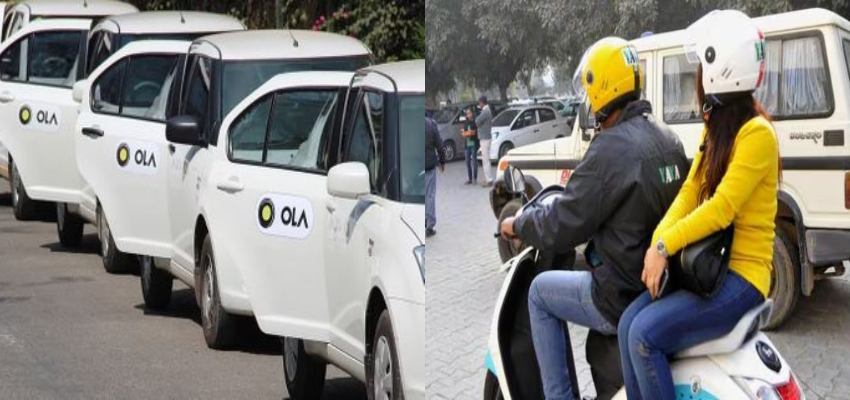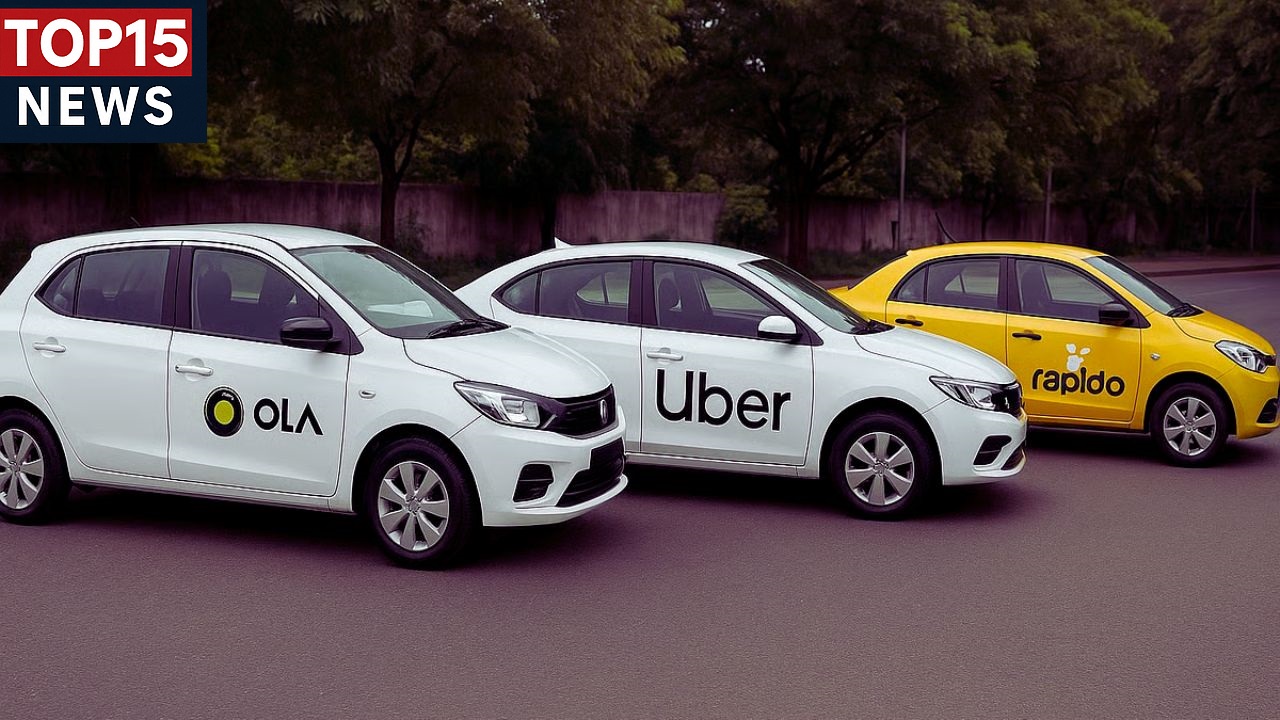The Peak Hours Cab Fare Hike 2025 has created a buzz among daily commuters. The central government has recently approved new fare regulations for app-based cab services like Ola, Uber, InDrive, and Rapido. These new guidelines from the Ministry of Road Transport and Highways (MoRTH) allow cab aggregators to charge up to double the base fare during peak hours.
Let’s break down the full impact of Cab Fare Hike, covering every essential point that affects both passengers and drivers.
What is the Peak Hours Cab Fare Hike 2025?
Under the Cab Fare Hike, ride-hailing platforms can now charge up to 200% of the base fare during peak hours. Previously, the cap was set at 1.5 times the base fare.
For non-peak hours, the minimum fare is now fixed at 50% of the base fare, giving users some relief when booking outside busy time slots. These changes under the Peak Hours Cab Fare Hike aim to balance demand and supply during high-demand periods.
Major Highlights of Peak Hours Cab Fare Hike Rules
Double Fare During Peak Hours
The central highlight of the Peak Hours Cab Fare Hike is that app-based aggregators like Ola, Uber, Rapido, and InDrive are allowed to charge up to 200% of the base fare during peak demand hours. This change means that if your base fare was ₹100 earlier, during peak hours you may end up paying as much as ₹200.
Minimum Fare During Non-Peak Hours
For non-peak periods, cab aggregators must now charge at least 50% of the base fare, ensuring that drivers still receive minimum earnings, and customers get affordable rides. The Peak Hours Cab Fare Hike rule does not affect this minimum base rate for non-peak hours.

Penalty for Ride Cancellation
As part of the Peak Hours Cab Fare Hike policy, the government has introduced strict penalties for ride cancellations:
- 10% of total fare (max ₹100) will be charged if driver or passenger cancels without valid reason.
- This cancellation fee will be shared between the driver and the platform (Ola, Uber, Rapido).
Mandatory Driver Insurance
Another important provision of the Peak Hours Cab Fare Hike guideline is insurance:
- Minimum ₹5 lakh health insurance
- ₹10 lakh term insurance for every driver
This change ensures the safety and security of cab drivers associated with aggregator platforms.
State Governments to Decide Base Fare
Under the Peak Hours Cab Fare Hike guidelines, state governments will now set the base fare for services like auto-rickshaws and bike taxis. This will help regulate fares according to local needs and passenger affordability.
No Extra Charge for Dead Mileage Below 3 KM
The Peak Hours Cab Fare Hike also brings relief on dead mileage:
- No extra fare for distances less than 3 km to reach the passenger pick-up point.
- Passengers will only be charged from their actual pick-up point to the destination.
This rule will stop drivers from adding unjustified dead mileage costs to the total fare.
Mandatory Tracking Devices in Taxis and Bikes
As per the Peak Hours Cab Fare Hike guidelines:
- All taxis and bike taxis must have a Vehicle Location and Tracking Device (VLTD) installed.
- Real-time location tracking will be available on aggregator servers and state government control rooms.
This step ensures passenger safety, especially for late-night travel.
Regular Driver Training and Rating Check
Driver training is another essential part of the Peak Hours Cab Fare Hike reforms:
- Annual refresher training is now mandatory for all drivers.
- Bottom 5% low-rated drivers will need to attend quarterly training sessions, or else their service may be suspended.
Possibility of Private Bikes for Commercial Use
The Peak Hours Cab Fare Hike guidelines also introduced a major policy change:
- State governments can allow private bikes to be used for commercial ride-sharing.
- If approved, private two-wheelers can soon operate via platforms like Ola, Uber, and Rapido.
This move aims to enhance last-mile connectivity, especially in areas with limited public transport options.
How the Peak Hours Cab Fare Hike Will Impact You
The Peak Hours Cab Fare Hike has both pros and cons:
- For passengers: Expect higher fares during office hours, weekends, and festival rush.
- For drivers: More earning opportunities during high-demand time slots.
- For safety: Better insurance, location tracking, and strict driver training norms.
All states must implement these Peak Hours Cab Fare Hike rules within the next three months.
Final Thoughts on Peak Hours Cab Fare Hike
The Peak Hours Cab Fare Hike 2025 is a mixed bag. It ensures fair driver pay, but also increases costs for passengers during busy hours. Keep an eye on fare estimates before booking your next ride with Ola, Uber, or Rapido.
Maruti Hyundai Sales Q1 2025 में गिरावट और निर्यात की रिकॉर्ड ग्रोथ

